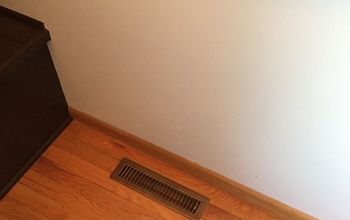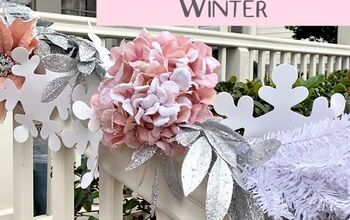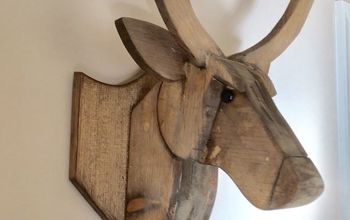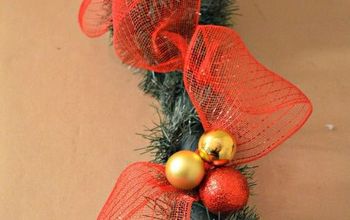El Nino is Back! 10 Ways to Prep Your Home

by
BrightNest
(IC: blogger)
Remember El Nino? That sometime-in-the-‘90s storm sensation that produced crazy weather? Well, he’s backkkk! That’s right, El Nino, an area of warmer-than-average water in the eastern Pacific Ocean near the equator, is ready to wreck winter havoc on the United States during the winter of 2014-2015. While El Nino has not developed yet, Weather Channel forecasters expect a weak to moderate El Nino to emerge over the winter months and potentially persist into the spring.
So what does that mean for you?
Bitterly cold temperatures in the United States, especially on the East Coast and in the Deep South.
A longer-than-average winter.
And snow everywhere. Lots of snow.
It’s important to prepare your home before El Nino hits, because once snow falls, you’ll be in trouble if you haven’t prepared. Protect your family, your property and your wallet by taking action:
So what does that mean for you?
Bitterly cold temperatures in the United States, especially on the East Coast and in the Deep South.
A longer-than-average winter.
And snow everywhere. Lots of snow.
It’s important to prepare your home before El Nino hits, because once snow falls, you’ll be in trouble if you haven’t prepared. Protect your family, your property and your wallet by taking action:
1. Look Up at the Roof
Enjoyed the project?

Want more details about this and other DIY projects? Check out my blog post!
Published December 22nd, 2014 12:00 PM
Comments
Join the conversation
1 comment
-
El Nino has struck Southern California and it is high time that everyone stays prepared for it so that all of us stay safe and protect our property as well. Here is a blog, hope everyone finds it useful. http://blog.restorationprokala.com/el-nino-stikes-protecting-property-from-water-damage/
 Kala Professional Restoration services
on Jan 20, 2016
Kala Professional Restoration services
on Jan 20, 2016
-
























Frequently asked questions
Have a question about this project?